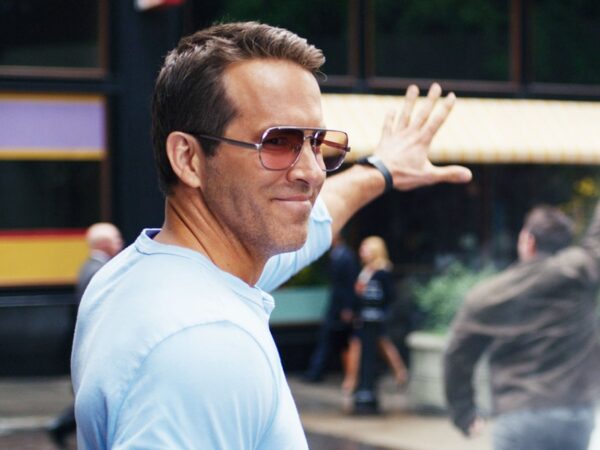Out of everything Jeff Bezos has ever said, one quote may best sum up just how, exactly, Amazon will impact Hollywood: “When we win a Golden Globe, it helps us sell more shoes.” He said this back in 2016, at the Vox Code Conference, but the point remains true. Unlike Netflix, streaming isn’t Amazon’s core business. Prestige TV and movies are just another offering to get customers to re-up their Prime memberships, which in turn gets them to buy more things through Amazon. It’s a very old-school business strategy: Always keep them coming back for more.
Perhaps it’s no wonder, then, that Amazon is acquiring MGM. It’s a legacy Hollywood studio with some 17,000 TV shows and 4,000 movies—including RoboCop and the James Bond films—in its coffers. The deal, announced in May, has yet to close, and it has already received scrutiny from the Federal Trade Commission. But if it goes through, it’ll give Amazon access to all that content, as well as a studio infrastructure to make more, which the company can then share and monetize however it wants. This too, feels like a less auspicious throwback, like Comcast acquiring NBCUniversal or Time Warner merging with AOL (remember that?). Or AT&T’s more recent, ill-fated acquisition of Time Warner, the bulk of which it eventually spun off into Warner Bros. Discovery. But Amazon is no telecom, and it’s building a much wider portfolio than almost any other company before it. “I think they did what AT&T did,” says Sarah Henschel, a streaming analyst for Omdia, “just better and broader.”
The acquisition of MGM, more than anything, could give Amazon the greatest advantage in the streaming wars. Analysts predict streaming services won’t see the same subscriber growth in 2021 that they saw during the height of last year’s Covid-19 lockdowns, so for now the name of the game is retention. Netflix has north of 200 million subscribers; Disney+, around 100 million. Amazon claims that more than 175 million of its 200 million Prime members have streamed something from its video service in the past year, but it’s hard to say whether those users would subscribe to Prime Video as a stand-alone service. Streaming comprises 26 percent of all TV time in the US, according to analytics company Nielsen; Netflix alone occupies 6 percent, three times as much as Amazon Prime. But ultimately, that gap may not matter, since the content is just a bonus for people who want two-day shipping. Amazon can keep pumping all that money it’s making from shoes into Amazon Studios and acquisitions like MGM and still come out ahead. Like Apple, which is a hardware business that just happens to have a streaming service, its core business(es) buoy its creative ones. That matters a lot, especially right now as new streamers like Paramount+ and Peacock emerge, demanding viewers’ money and eyeballs.
“We’re in a new era of TV and video consumption now,” says Eric Schmitt, an analyst at Gartner. “Eighty years ago, 75 years ago, we had NBC, CBS, and ABC. Now we have Netflix, YouTube, and … Amazon? It’s up for grabs, and why wouldn’t you make a play for it?”
For Amazon, a big part of that play is the MGM deal. Netflix has spent billions of dollars to fill its war chest of original movies and TV. HBO Max gets its massive catalog thanks to parent company WarnerMedia, home to Warner Bros., HBO, Adult Swim, and scores of other established content machines. Disney+ is the same; so is Hulu. Amazon Studios has churned out some good stuff—Bezos wasn’t kidding about the Golden Globes—but the service has never had a big trove of offerings. Instead of building one, Amazon went out and bought it, similar to how it pushed into live sports earlier this year—something few of its rivals offer.
Source:WIRED










